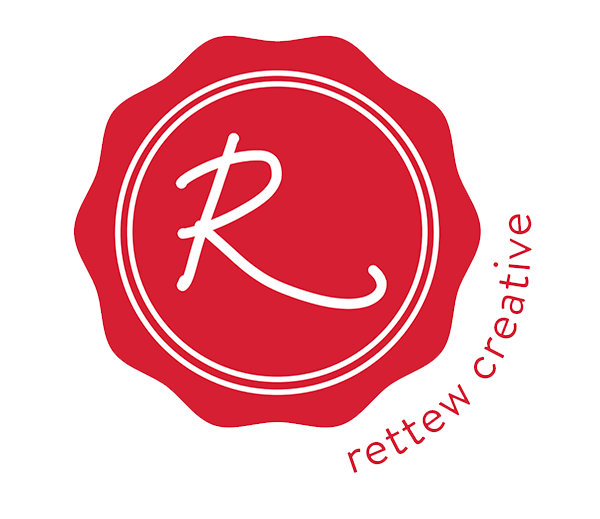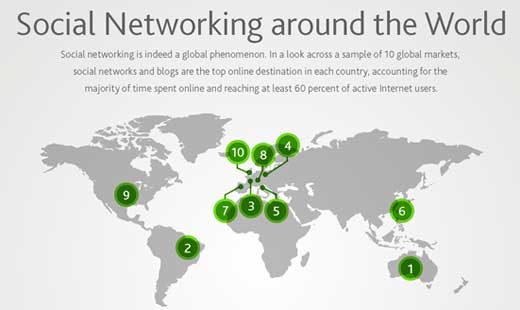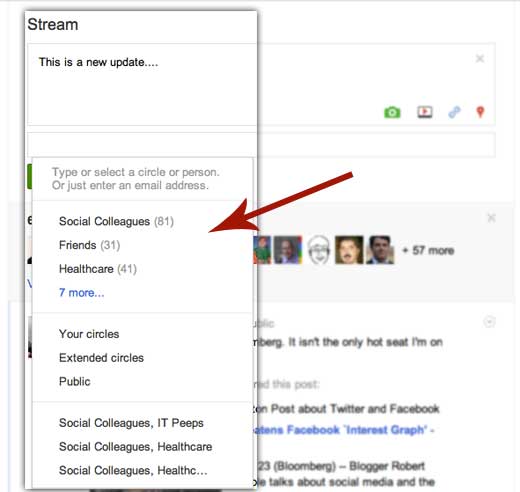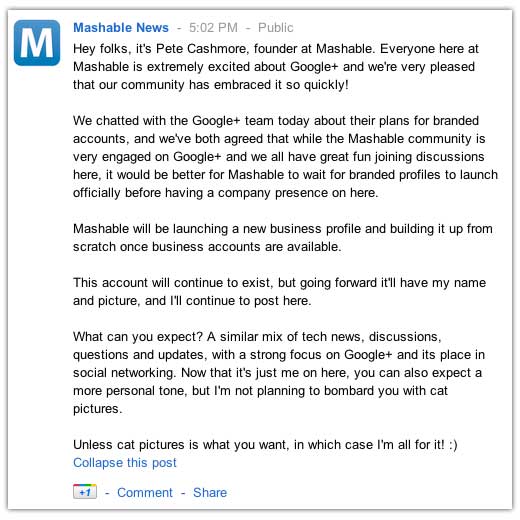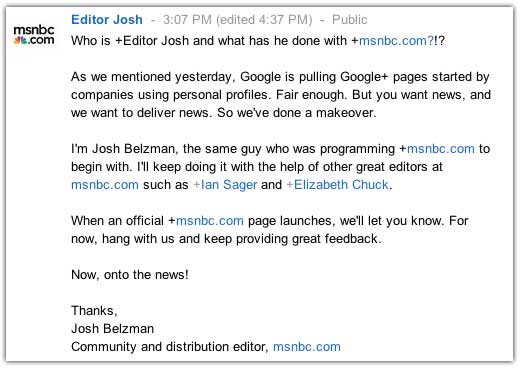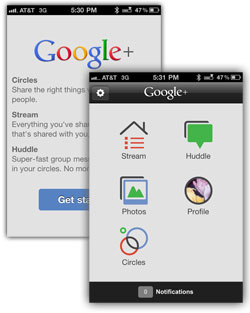1. Australia – Among Neilsen’s 10 Internet-metered markets, Australia Interent users spend the most time visiting social networks and blogs, averaging 7 hours and 17 minutes per person.
2. Brazil – Orkut is the #1 social network and blog site in Brazil, visited by 30.3 million Brazilians in May 2011, 11 percent more visitors that #2 site Facebook.
3. France – Nearly a quarter of active French Internet users – 9.6 million – visited #2 social networking site Overblog.
4. Germany – German Interent users spend more time on social networks and blogs than they do any other online category of sites, a total of 12.7 billion minutes during May 2011.
5. Italy – Italian Internet users spend nearly one-third of their time online visiting social networks and blogs (31% of total Internet time).
6. Japan – FC2 Blog – the top social networking site in Japan during May 2011 – was visited by over half of active Japanese Internet users.
7. Spain – Although Spanish Internet users spend most total time on #1 site Facebook, they average the most time per person on #4 site Tuenti (4 hours 42 minutes per person).
8. Switzerland – Social networks and blogs reach 60 percent of active Internet users in Switzerland.
9. U.S. – Blogger is now the #2 social networking and blog sire in the US with 501 million unique visitors, up 17 percent from a year ago.
10. U.K. – Internet users in the U.K. view 229.6 million pages on Tumblr, the second most page views on any social network or blog in the country after Facebook (20.2 million page views).
These statistics are from the 2011 3rd Quarter Social Media Report by Neilsen. http://blog.nielsen.com/nielsenwire/social/

Well…blogging is an international communication platform. Whether you are telling stories, sharing a recipe, sharing pictures from a trip, giving viewpoint about a press release, expressing a political view…blogs are our one single place to communicate in a way to crosses all geographic, ethnic, gender, and socio-economic borders. People are reading our thoughts.
Is the content of these blogs creating a mass homogeneous world of digital noise? More and more people are sharing and connecting by sharing their thoughts via blogs…but are we adding to the noise? If so, how can we create content that does not continue to add the mass hysteria but create a path for like minded individuals to freely connect.
Are we fueling Google, Bing, Yahoo, and all the other search engines highly charged financial model. The more content we give them to index, the more they rank content for social searchers (like ourselves) to find what we are looking for digitally.
Are we writing passionately or are we creating content just to say we wrote a post. Are we writing to build digital stamina, to flex digital muscles in the hopes someone thinks we are smart? Why do you write…to connect, to explore, or to self glorify our self-perpetuating egos. What is our mission when we write?
Is the story we are telling, the story we are writing significant enough to stand-out beyond the global, digital space? Can we say more with less and can we say it in a way that truly impacts our readers to take action…or are we just a bunch of marketers?
